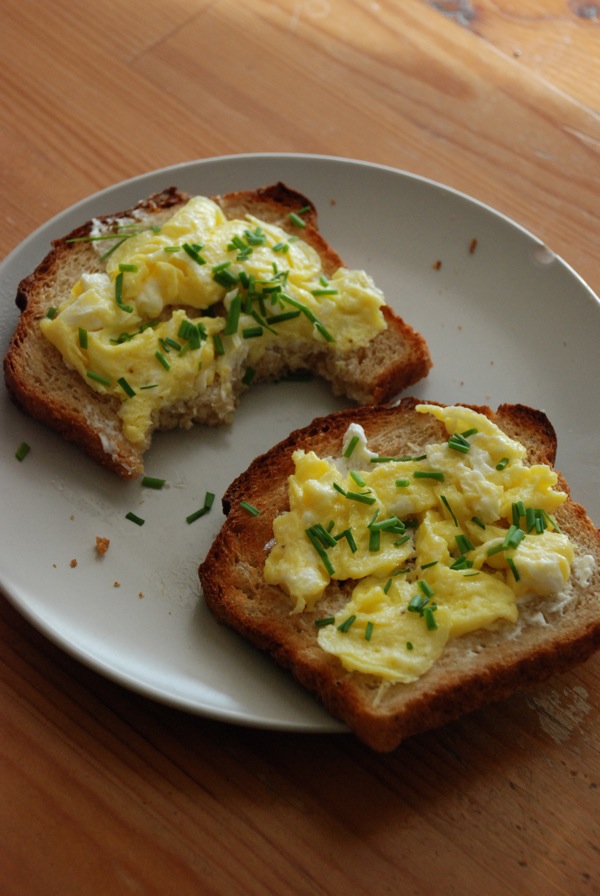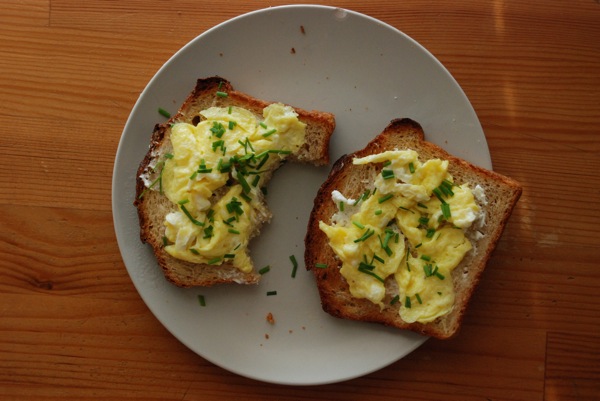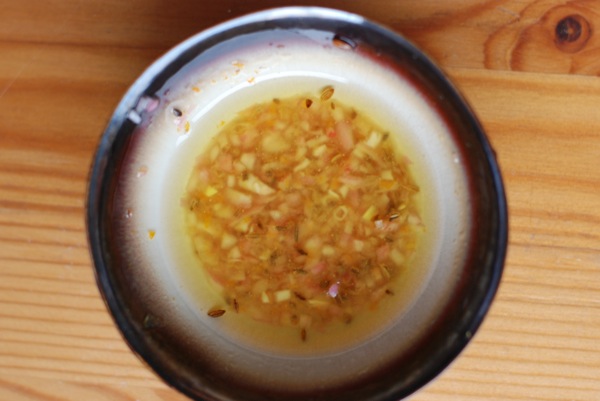 Yesterday, I got three emails from three friends, all with the same CSA. "I got quinces in my CSA: what should I make?" "My CSA gave us quince this week. They smell great but what do I do?"
Yesterday, I got three emails from three friends, all with the same CSA. "I got quinces in my CSA: what should I make?" "My CSA gave us quince this week. They smell great but what do I do?"
Of the emails I get from readers, most of them begin, "what can I make with...?"
I'm introducing a new feature today. "How to Use" will share five(ish) creative uses for an ingredient. No accident, this feature was born of your many curious emails: "I got quince in my CSA - what can I do with it?" "there's 8/9 of a bottle of molasses in my cupboard - how can I use it up?" or my favorite and possibly most-often received, "the grocery store shelves have beets and kale, beets and kale, and nothing else. Please make my dinner menu!" Well, friends, starting today, I'll be building an archive of good recipes by ingredient. When you've got 6 green tomatoes and you don't know how to use 'em up, "How to Use" will be your new friend and cooking companion. And for those of you with most of a bunch of chives sitting in the fridge door, well, today's your lucky day.
Chives are, in my opinion, the most underrated herb. Basil pops up in everything from pasta to ice cream, and thyme is as popular in beef stew and chicken soup as it is atop ricotta crostini. But chives sit unnoticed, and it's quite a shame. Chives are a member of the onion family, but unlike regular onions, they're fresh-tasting and quite mild. Raw onions go great with heady flavors like lox, but chives won't overpower even milder bagel toppings, like cream cheese. They have the effect of making whatever they join taste somehow fresher, lighter, greener. In experimenting, I haven't found a dish that doesn't benefit from a sprinkling of chives. Here, then, are five good uses for the lovely herb.
1. On eggs.
Few things are more delicious than crisp toast spread with real fresh chevre, piled with soft scrambled eggs and topped with chives. The combination is addictive: once I discovered it, I stopped making pretty much anything else for breakfast.
But don't limit yourself to chive-topped scrambled eggs -- that's just the beginning. Fold some of the chopped herb into eggs before cooking them, tuck them inside omelets, even fry some chives in butter and use them to top a souffle. Most any savory dish prominently featuring eggs will benefit from a sprinkle of chives before serving.
2. Atop a beet salad.
Beets and chives is a classic combination in Russian cuisine. The pair matches up nicely with sour cream -- no surprise -- or with an ingredient more common in my fridge these days, creme fraiche. Here's what I did last night: I steamed a bunch of red and golden beets until a knife easily inserted sliced through them. I cut them into 1-inch pieces, separating the red from the golden. I piled the beat cubes into a shallow serving dish, first red, then golden in a small pile on top. I drizzled a mustard-laden vinaigrette over the beets, dropped a dollop of creme fraiche in the center of the beets, and sprinkled the chives over everything. At the table, when we dug into the beets, the creme fraiche and chives mixed unevenly into the vinaigrette to great effect.
3. In vinaigrette.
Much as you might add other herbs to perk up salad dressing, chives work wonderfully in vinaigrettes. For these purposes, consider them as a greener, fresher shallot. I've used chives to dress anything from little gem lettuces to cabbage slaw. They give an unexpected punch to the salad, and your guests will ask you what that great, unidentifiable flavor is.
4. Mixed into butter or oil.
Chives make one of the world's best add-ins to compound butter. Making chive butter is as easy as chopping up some chives, tossing chives and butter into a bowl or the bowl of a stand mixer, and mixing away until everything is evenly distributed. I like to roll my butter in a sheet of parchment paper into a log, then slice it in to coins and freeze it this way, so that it's accessible in individual servings and keeps much (much!) longer.
Chive butter is awesome on warm biscuits, and it gives baked tomatoes a luxurious finish. But chives are also wonderful in olive oil; chop them up, add them to a cup of olive oil, and blend either in a blender or with an immersion blender. Chive oil makes a great drizzle on the plate of simple roast chicken, an add-in to steamed rice, and a lovely topping for white-fleshed fish.
5. On soup.
I'm keen on garnishes for soup; they provide textural and color contrast, and they're an opportunity to add a punch of flavor just before serving. Chives often find their way into my soups. Raw, they'll be sprinkled on roasted tomato soup or be swirled into potato leek soup. Fried in butter and generously salted, they'll join creme fraiche and be swirled into butternut squash soup. The possibilities are endless.
So, friends, now you have 5 uses for chives. There're so many more where those came from -- chives are so versatile! -- but hopefully this post will save all those withering chives in your fridge from going to waste.
I need your help! what ingredient should be next on "how to use?" Weigh in with your preferred mystery ingredient in the comments.

